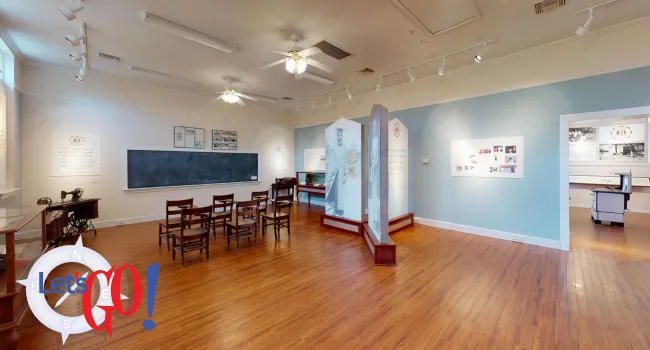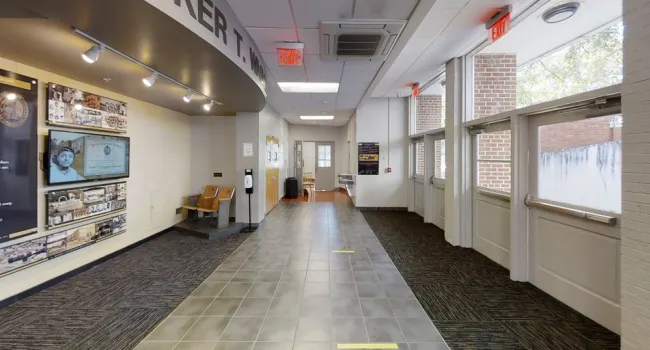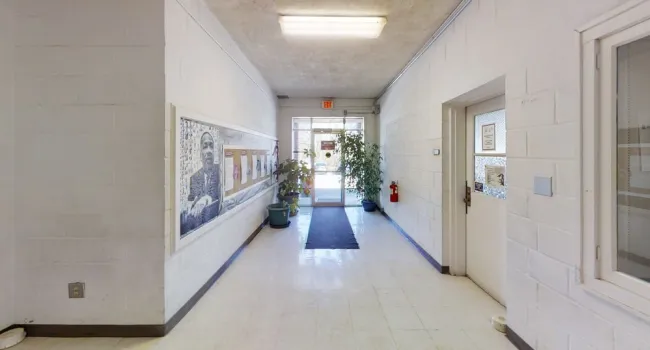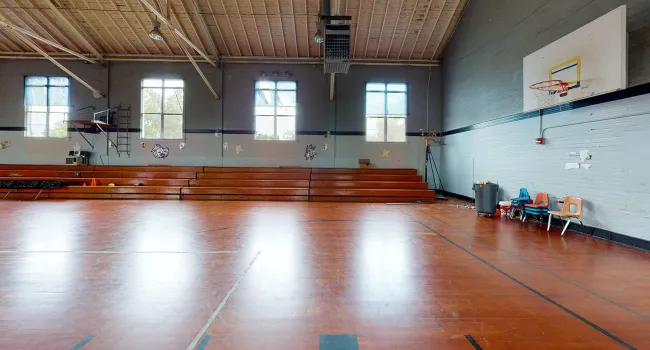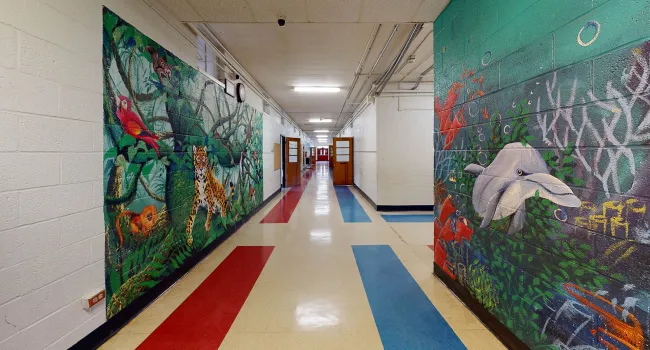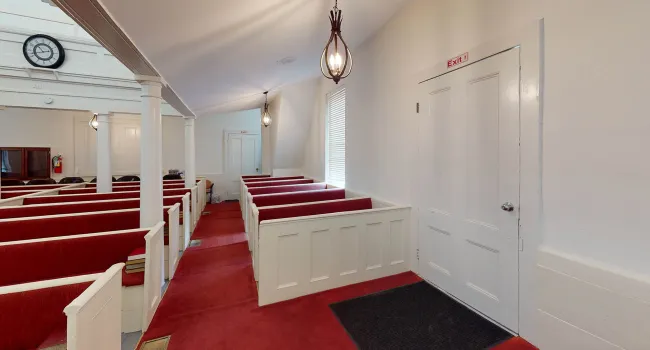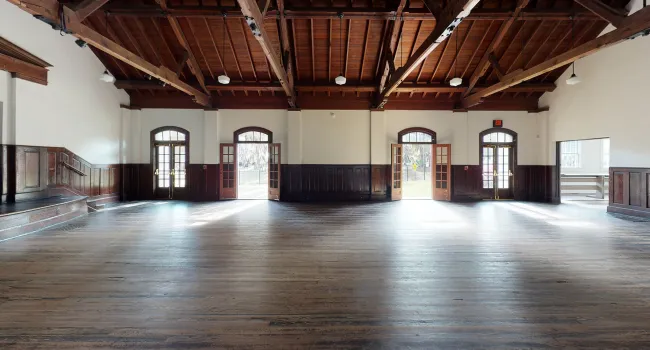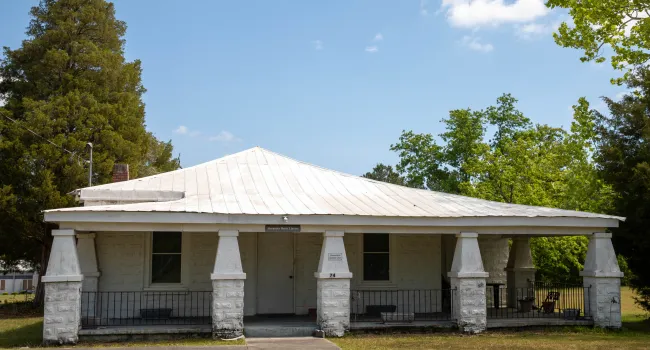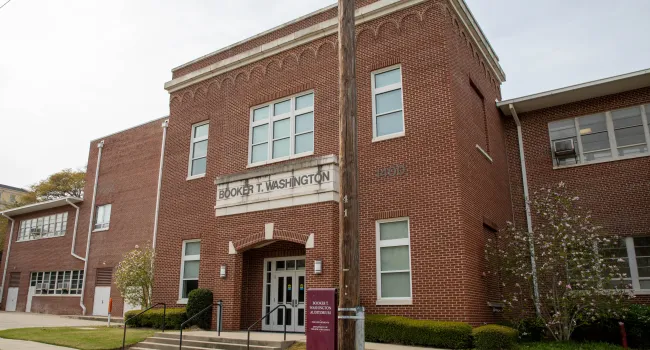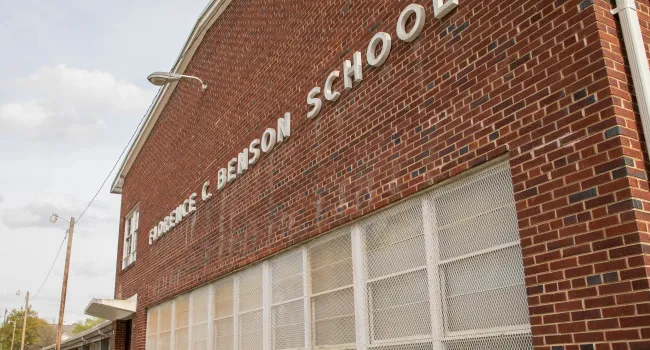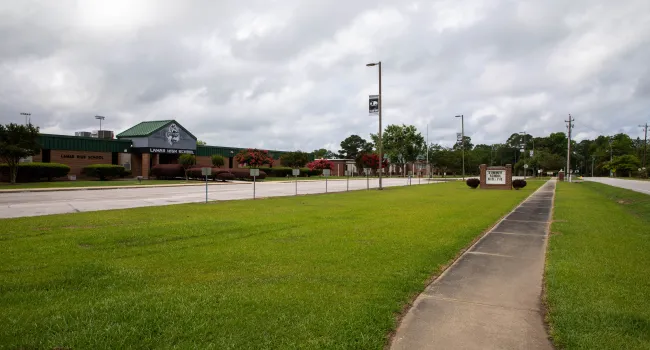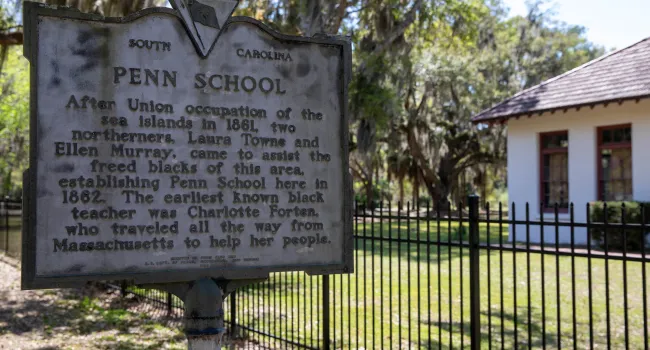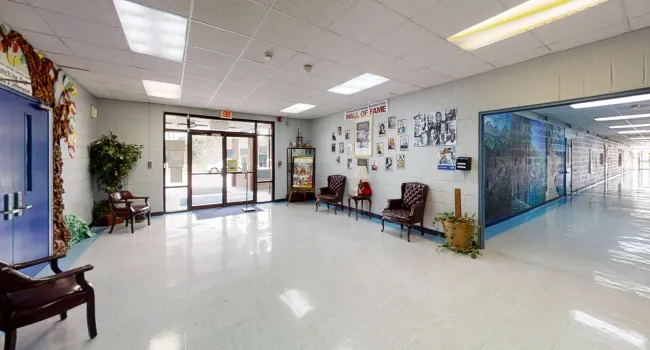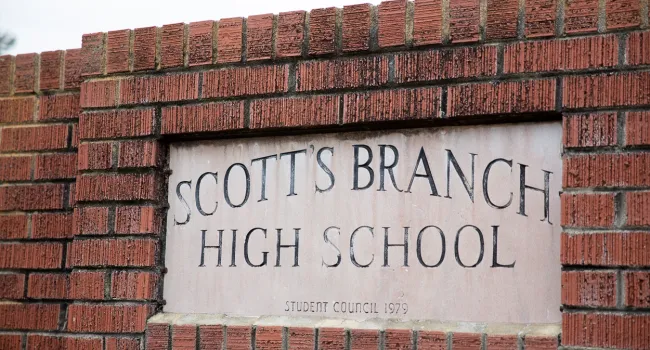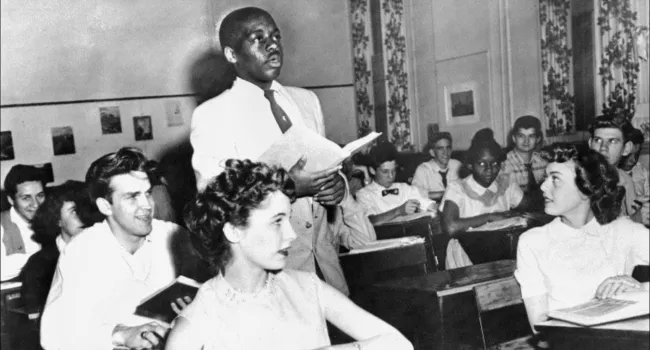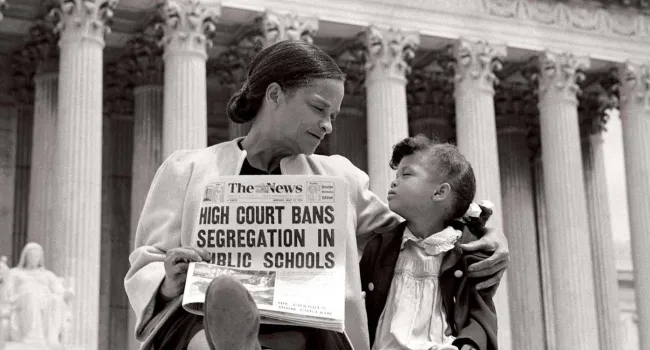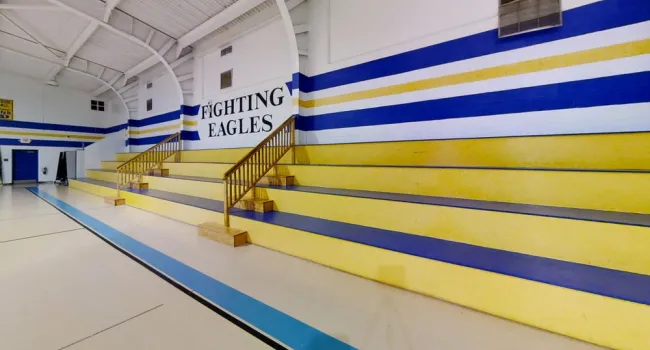Lamar High School in Darlington County, South Carolina, was the site of an attack on school buses carrying African American students to the campus on March 3, 1970. In January 1970, the 4th Circuit Court of Appeals of the United States ordered Darlington County Public Schools to immediately integrate by February 18, 1970. While there was compliance in much of the county, many white parents in Lamar strongly objected to integration. Local businessman Jeryl Best led a group, Citizens for Freedom of Choice, in a boycott of the segregated white schools in the Lamar area from February 18 to March 3. African American parents boycotted the segregated schools for two weeks, concerned there would not be federal protection for their children. A.W. Stanley, the president of the Darlington NAACP Branch, voiced the rising danger of violence to the County Superintendent of Education and urged him to request federal assistance.
As the county and public schools continued to try to comply with the court order, the Citizens for Freedom of Choice began protesting at Lamar High School on March 2. The South Carolina State Law Enforcement Division, known as SLED, came in and dispersed the crowd. On March 3, a crowd of 200 white men and women attempted to prevent buses from entering the school grounds, and then attacked three buses carrying students. The violent mob broke out windows, shot the buses, and disabled them before turning them over and threw bricks at the older African American students who fled. In the months after the riot, A.W. Stanley and the NAACP in Darlington County called on the federal government to investigate the riot. They also published the accounts of seven of the victims that got turned over: Ronald Bacote, Clarence Brunson, Edward Lunn, Annette Johnson, David Lunn, Sally Mae Wilds, and Woodrow Wilson Jr. Twenty-eight people were arrested for their participation in the riot, and the violence was condemned by Governor Robert McNair and President Richard Nixon’s Administration.
In the school tour you will learn about the lead up to the attack, the white attack, and the arrests. In the gym tour you will learn about the response, aftermath, and commemoration of the Lamar Bus Riot.
Standards
- 5.4.CC Analyze the continuities and changes of race relations in the United States and South Carolina following the Supreme Court decisions of Briggs v. Elliott and Brown v. Board of Education.
- 8.5.CX Analyze the correlation between the Modern Civil Rights Movement in South Carolina and the U.S.
- This indicator was designed to foster inquiry into the role of South Carolina in the Modern Civil Rights Movement, to include the influence of court cases such as Briggs v. Elliot and Flemming v. South Carolina Electric and Gas. This indicator was also developed to promote inquiry into the relationship between national leadership, protests, and events and South Carolina leadership, protests and events, such as the Friendship Nine and the Orangeburg Massacre.
- 8.5.E Utilize a variety of primary and secondary sources to analyze multiple perspectives on the cultural changes in South Carolina and the U.S.
- USHC.5.CC Evaluate continuities and changes during the Civil Rights Movement and other subsequent movements for equal rights.
- This indicator was developed to promote inquiry into thematic continuities and changes into how marginalized groups sought and won legal rights. Inquiry into the leadership, methods, and outcomes of modern equal rights movements are supported by this indicator.
Resources
You need to be logged in to listen to view this content. Create an account now; it's quick, easy, and free!
Log In to View